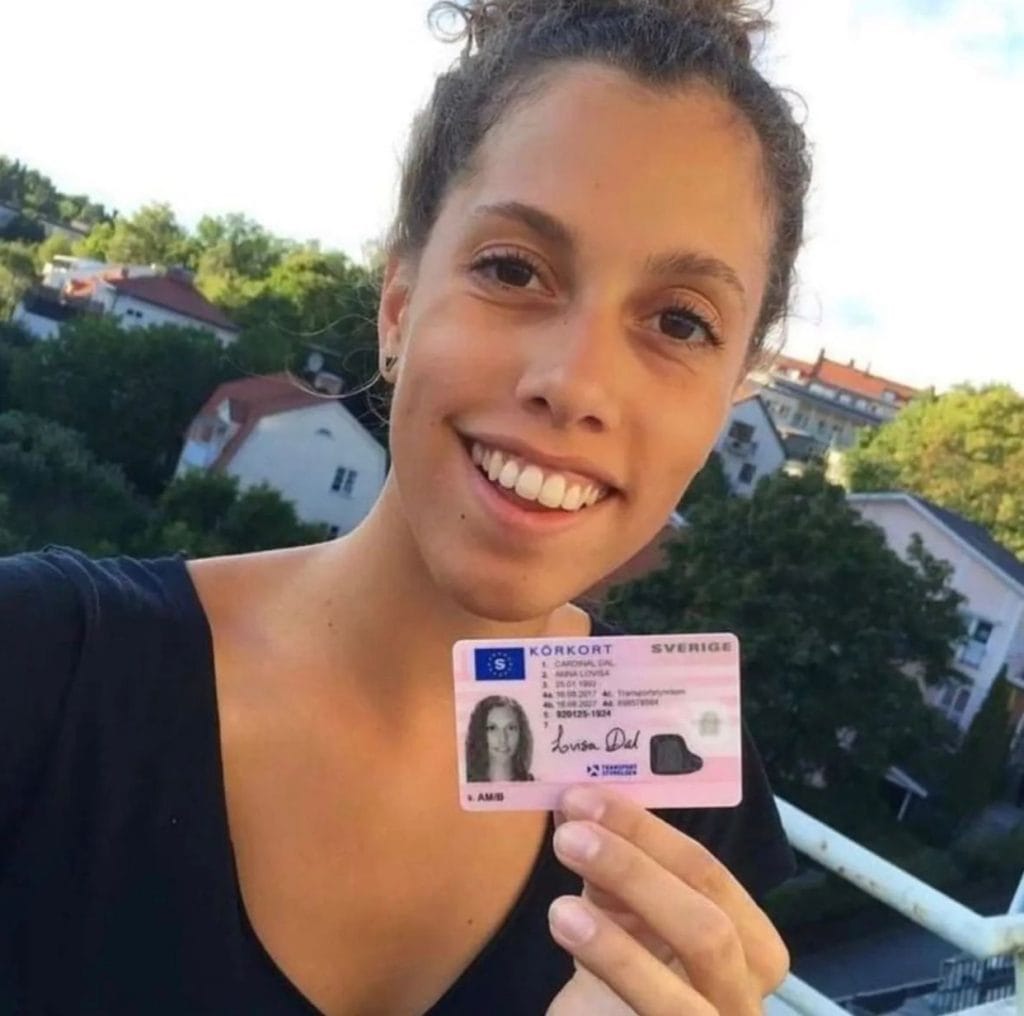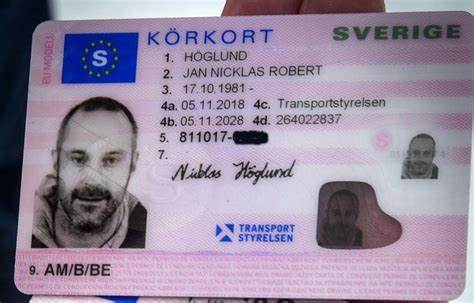댓글 0
등록된 댓글이 없습니다.

Driving is a basic skill for numerous, providing the freedom to take a trip where and when you want, typically making life easier and enjoyable. Nevertheless, getting a driving license is a procedure that requires understanding, persistence, and adherence to legal treatments. This guide intends to supply a comprehensive introduction of the actions one need to follow to legally get a driving license, highlighting important considerations and often asked questions to make sure a smooth and hassle-free experience.
Before diving into the application procedure, it's important to comprehend the basic requirements and types of driving licenses readily available. Driving laws differ substantially from nation to country, and even within various states or provinces within the exact same nation. Normally, there are numerous types of driving licenses, consisting of:

The first step in getting a driving license is to look into the particular requirements in your location. Check out the official site of your regional Department of Motor Vehicles (DMV) or equivalent company to find in-depth information about the licensing process, including age restrictions, required documents, and costs.
Each jurisdiction has its own set of documents that should be sent to get a driving license. Commonly needed files include:
Lots of states and countries require new chauffeurs to complete a driver's education course. These courses are developed to teach the rules of the roadway, traffic laws, and safe driving practices. They can be completed lagligt körkort online; click here., or in a class setting and frequently include both theoretical and useful components.
When the needed paperwork is prepared and the driver's education course is completed, the next action is to look for a student's authorization. This usually includes going to the DMV or sending an application online. You will likewise need to pass a written test that covers traffic laws and driving understanding.
With a student's permit, you can begin practicing driving under the supervision of a licensed grownup. This is a vital step in building your self-confidence and skills behind the wheel. It's likewise crucial to get experience in different driving conditions, such as night driving, highway driving, and driving in severe weather.
After gaining adequate driving experience, you can schedule a driving test with the DMV. The test will evaluate your ability to securely run a lorry and follow traffic laws. You will need to bring an effectively signed up and guaranteed vehicle to the test, and the examiner will evaluate your driving skills on a predetermined route.
If you pass the driving test, you will typically get a provisional license. This license might come with limitations, such as a curfew or a limitation on the number of guests you can have in the car. These constraints are created to minimize the threat of accidents and help new drivers accustom to the road.
When you have actually held a provisionary license for the necessary duration and fulfilled any additional requirements, you can upgrade to a full driver's license. This process normally includes a basic application and may need a retest or extra documentation.
A: The minimum age differs by jurisdiction. In the United States, it usually varies from 15 to 16 years old. In the UK, the minimum age is 17. Check your regional DMV site for specific information.
A: Some jurisdictions permit you to finish parts of the application procedure online, such as filling out forms and scheduling tests. Nevertheless, you will typically need to check out a DMV office face to face to send needed documents and take the driving test.
A: If you stop working the driving test, you can typically retake it after a certain period. This duration differs by place, however it is frequently a few weeks. It's a great concept to practice more before retaking the test to improve your opportunities of success.
A: No, a student's authorization normally needs you to be accompanied by a certified adult, typically over 21 years of ages, who is seated in the front passenger seat.
A: Yes, many jurisdictions need a vision test to guarantee that you can safely run an automobile. You can usually take this test at the DMV or with an approved optometrist.
A: The time required to acquire a complete driver's license varies depending upon your jurisdiction and the specific actions involved. Typically, it can take several months, including the time required to complete a driver's education course, hold a student's permit, and pass the driving test.
A: It depends upon the restrictions put on your provisionary license. Some provisionary licenses enable you to drive for work, while others might have specific limitations. Check your license for details or call the DMV for information.
A: A student's permit is the very first stage of the licensing process and allows you to drive just under guidance. A provisionary license, on the other hand, grants you more driving advantages but may still have some limitations, such as a curfew or guest limitations.
A: No, you normally need a full driver's license before obtaining a CDL. A CDL is a specific license that needs additional training and testing, and it is just issued to those who have actually shown the capability to securely run a basic automobile.

A: If you lose your driving license, you ought to report it to the DMV and make an application for a replacement. You might need to offer proof of identity and pay a charge. It's likewise an excellent idea to notify your insurance business and any other pertinent parties.
Acquiring a driving license is a substantial milestone that opens up new chances and increases self-reliance. By following the actions outlined in this guide and staying notified about regional laws and requirements, you can make sure a smoother and more successful licensing procedure. Bear in mind that driving is a serious obligation, and taking the time to learn and practice is important for your safety and the security of others on the road.
0등록된 댓글이 없습니다.